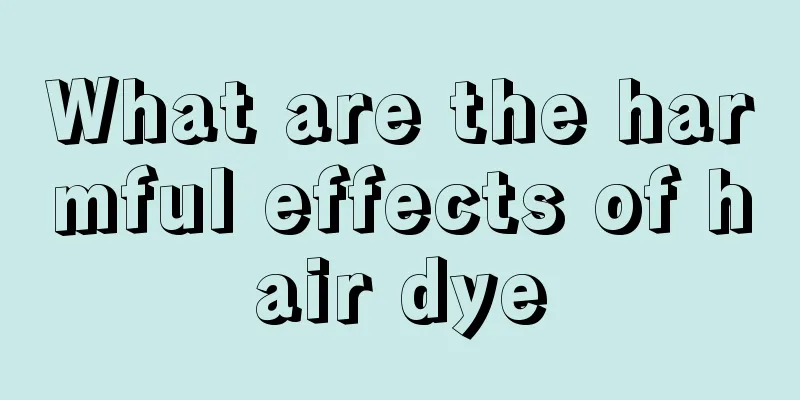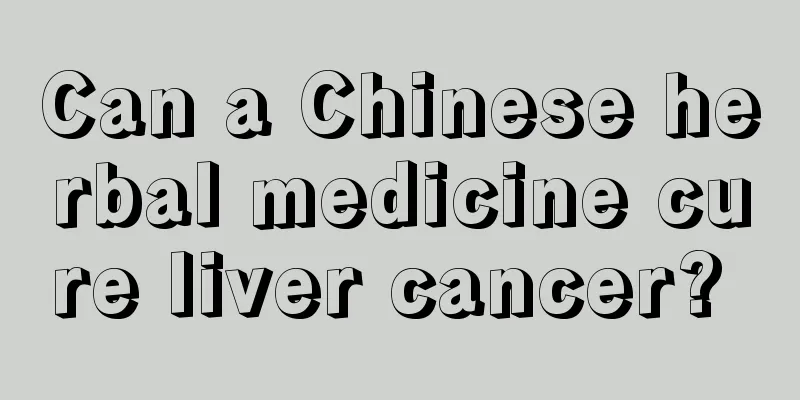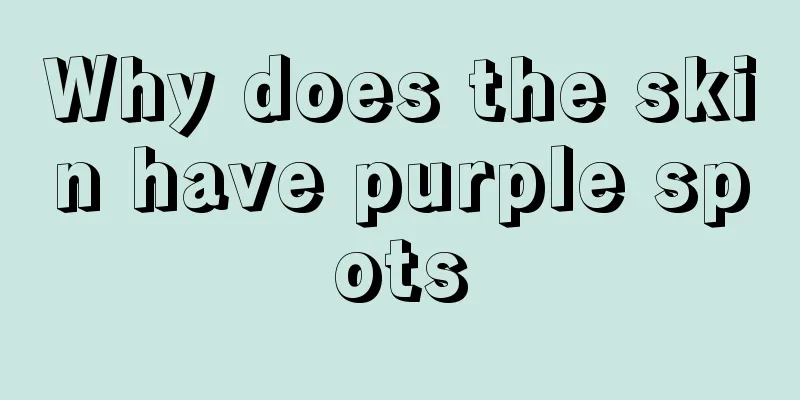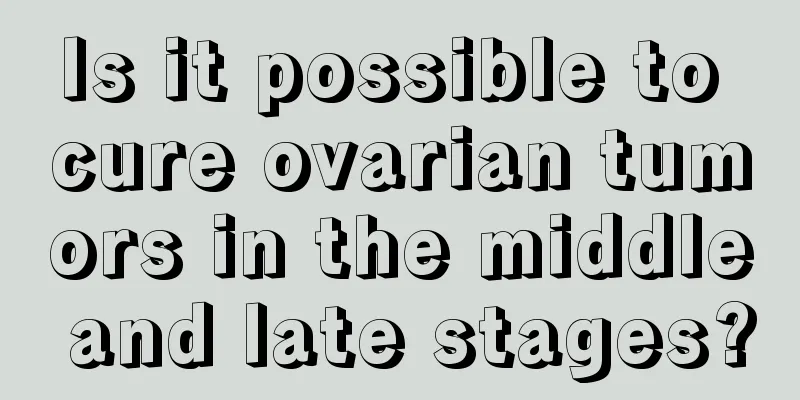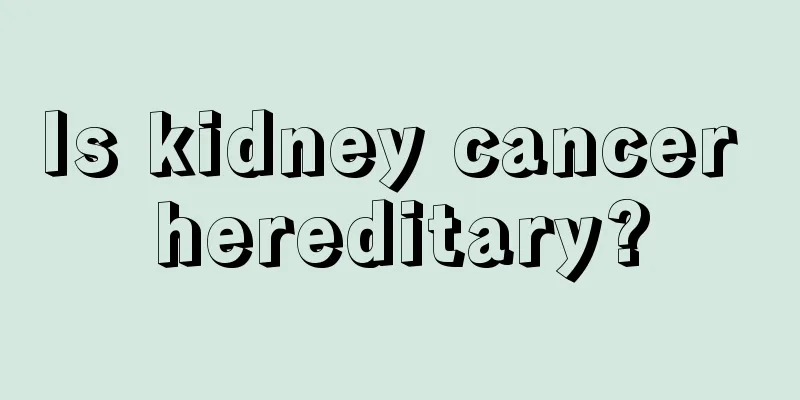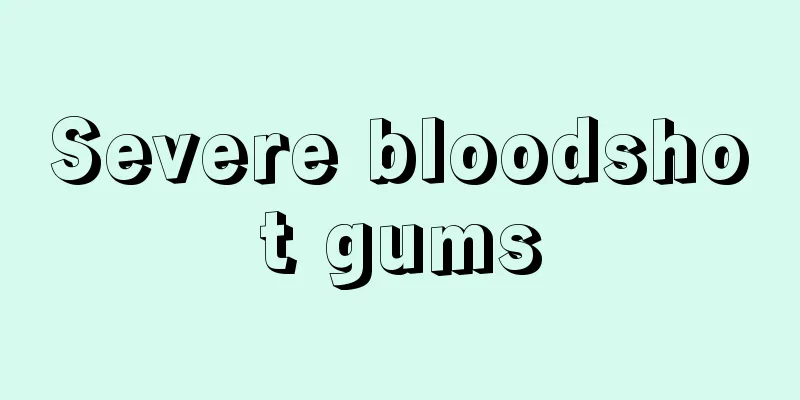What is vanillin
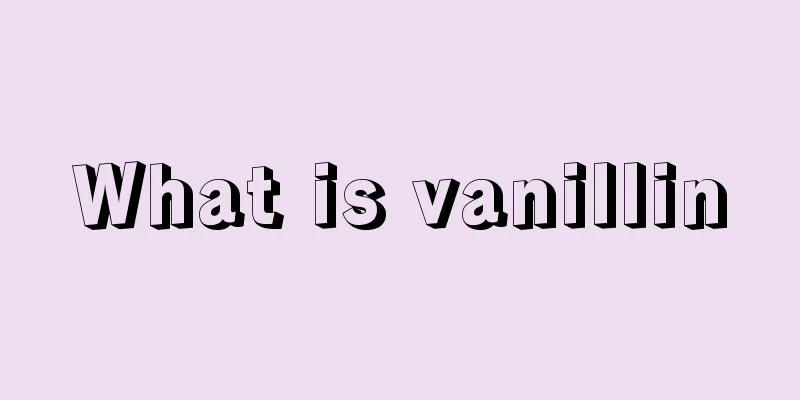
|
Vanillin has a good flavoring effect. It will not cause any harm to the human body and has been used in many industries. For example, vanillin is used in many industries such as our common food, daily chemicals, tobacco, etc. Vanillin also has a good aroma-fixing effect. Some beverages and candies contain a small amount of it. If you don’t know enough about vanillin, let me tell you what vanillin is. First, what is vanillin? Vanillin is an aromatic organic compound with a wide range of uses. Its scientific name is 4-hydroxy-3-methoxybenzaldehyde, also known as vanillin and vanillic aldehyde. It exists naturally in vanilla beans. Vanilla pods are used as edible spices. The natural vanillin extracted from vanilla beans has a low content and is very expensive. In order to meet market demand, vanillin, which was synthesized using o-methoxyphenol and other raw materials and had exactly the same natural structure, appeared in the 19th century. Simply put, it is a spice and food additive. Second, can vanillin be added to infant formula? According to the provisions of my country's current "National Food Safety Standard for the Use of Food Additives" (GB2760-2014), except for the list of foods that are not allowed to add food spices and flavors and the maximum usage amounts specified in older infant and toddler formula and infant cereal-based complementary foods (the maximum usage amount of vanillin in older infant and toddler formula is 5 mg/100 mL, and the maximum usage amount of vanillin in infant cereal-based complementary foods is 7 mg/100 g), food spices and flavors may be used in appropriate amounts in various foods according to production needs, except as otherwise provided by laws, regulations and safety standards. Third, as a food additive, vanillin has undergone standardized and scientific food safety risk assessments, and will not cause harm to human health if used in accordance with relevant standards. Reasonable use of food additives will not cause harm to human health. The Joint Expert Committee on Food Additives (JECFA) of the World Health Organization and the Food and Agriculture Organization of the United Nations (WHO/FAO) evaluated the safety of vanillin and not only allowed its use in food but also established relevant quality specifications. Foods containing food additives permitted by law will not harm human health, and food additives that have been approved for use have all undergone safety evaluations. |
<<: The difference between Dongpo pork and braised pork
>>: What does fundus examination mainly check?
Recommend
Can chestnuts be eaten overnight?
A lot of food in our daily life cannot be eaten o...
What tests are needed to diagnose bone cancer
What tests are needed to diagnose bone cancer? Bo...
Ozone autohemotherapy
Autohemotherapy is a relatively new clinical trea...
What causes brain cancer?
The causes of brain tumors are not very clear. Mo...
How to treat psoriasis
Psoriasis is a common skin disease. Once you have...
What damage does alcohol cause to the liver
It is important to pay attention to the following...
Early symptoms of knee cartilage wear
Joint pain is a particularly painful problem for ...
What are the emergency first aid measures for patients with convulsions?
Convulsions are complications of many diseases, s...
The effect of white vaseline
White vaseline is an ingredient extracted from pe...
Is it okay to take a bath every day
Taking a bath is a good lifestyle habit. Taking a...
How long can a 20-year-old with testicular cancer live
With timely treatment of testicular cancer and st...
What are the harms of breast cancer chemotherapy to the body
We all know that cancer patients have to undergo ...
What are the symptoms of low muscle tone in the baby's legs
Muscle tension is actually the force of traction ...
What is metastatic lung cancer
Metastatic lung cancer may sound unfamiliar, but ...
There is sediment in the red wine
Red wine, a delicacy introduced from the West, ha...
